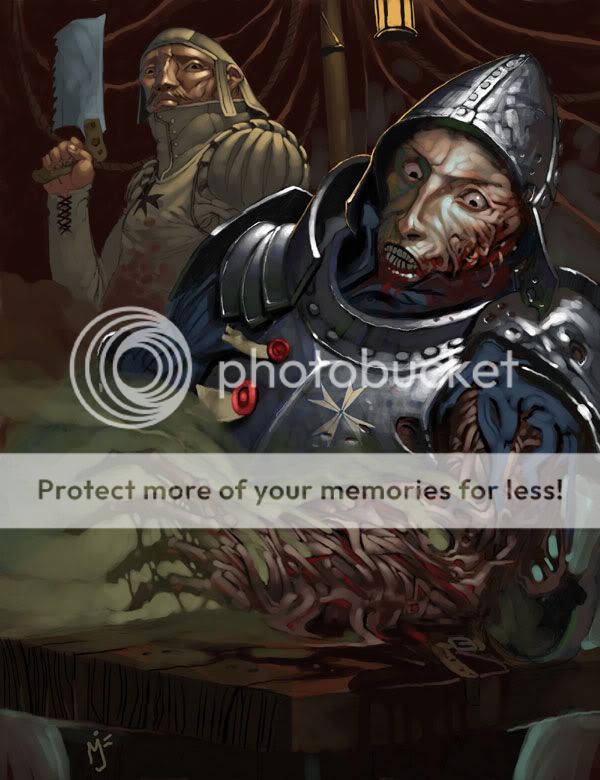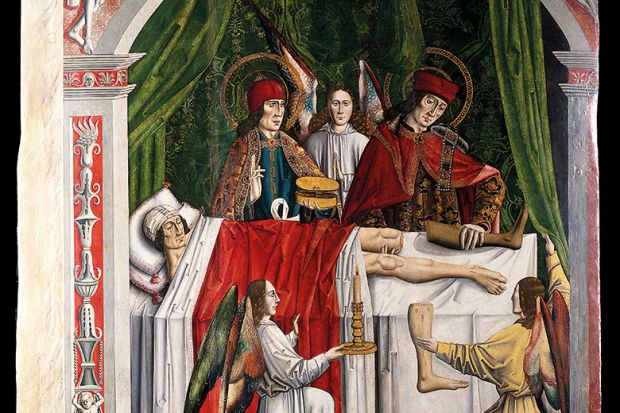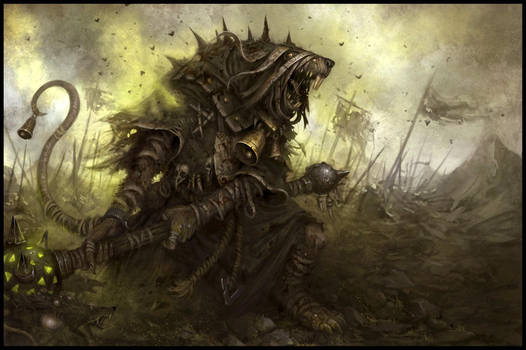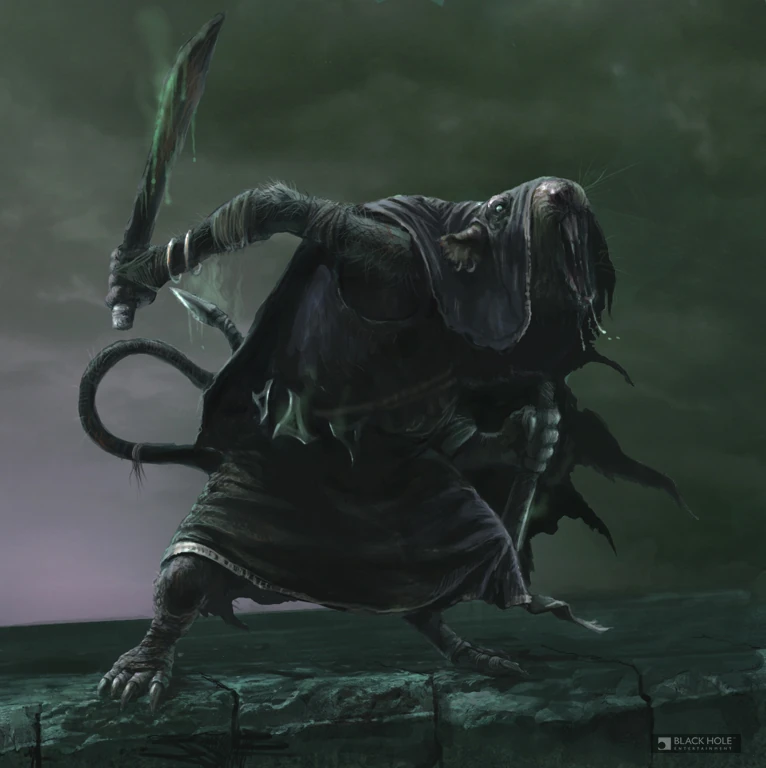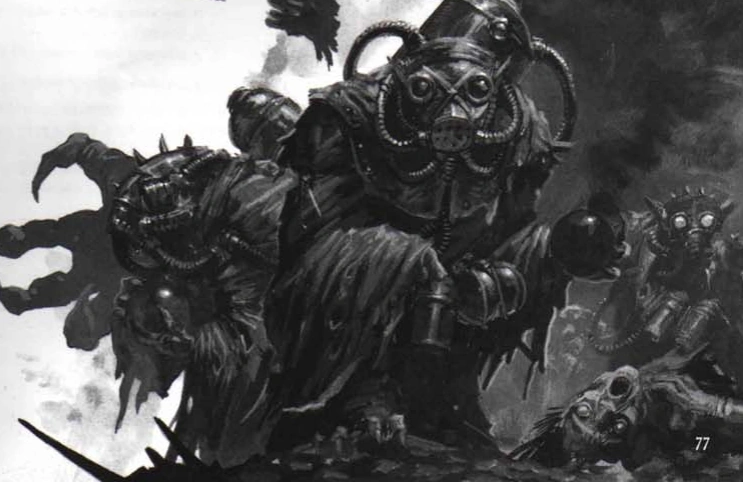Rules for battles and sieges! It's a lot of combat, and your PCs may die! Anyway, these are written for my game so WFRP4 but should work on pretty much any ancient/medieval rpg. The rules are based on King Arthur Pendragon RPG as adapted in Red & Pleasant Land setting book, so they are not original but are adapted for my game.
The procedure is thus:
- Setup. Preliminarily, figure out what's going on with the battle: whose forces are fighting whose and where. This is probably determined by whatever adventure you're on, but it should influence the Battle Table of enemies [see below] and possible events. After you know generally what the battle's 'about,' come up with a list of enemies and battle events the PCs will face: the Battle Table, which is a list of combat encounters from weakest/easiest to strongest/hardest. Then figure out the PCs' objective in the battle. Are they trying to kill a particular notable (even the enemy general)? Are they trying to get past the battle to the enemy camp? Simply survive their sector of battle?
- Enter the field - first encounter! This first fight will be important for setting the tone of the rest of the battle, and tell your players that. The number of combat rounds (hereinafter "#") to win will determine how many encounters the PCs will have before they reach their objective (set in step 1). For this first encounter, ask the party how they are entering the field and give them two options from the Battle Table (or provide a unique set of options based on the PCs options). For example, the PCs chose to be on the flank of the force and can either charge into the enemy or attempt to sneak around to a group of archers on the hill. Or it's a siege and they can either fight a group of soliders climbing ladders or face the siege tower about to drop its plank. Then fight as normal with combat rules (roll initiative, roll attack, etc.) and you/DM track the number of rounds (#) it takes to defeat them. Again, this is the number of encounters the PCs must go through to reach their objective.
- Battle encounters continue. Now roll 1d5 + # to determine the next enemy or event from the Battle Table, and that's who attack the PCs next. The number of rounds each of these subsequent encounters takes determines the roll on the enemies chart, but # from the first encounter is how many encounters occur. After each subsequent encounter roll 1d5 + # of the last encounter to determine who the PCs fight next. So, the first encounter took 4 rounds to complete, then there will be four 'fights'/encounters in this battle; the next encounter takes 5 rounds to finish, roll 1d5 + 5 for the next encounter, etc. Continue running encounters until the PCs win or are defeated.
- The last encounter. For the last encounter, the DM should swap in the PCs' objective if that's a fight like defeating the enemy leader or fighting among the enemy's camp or whatever. If the PCs want to retreat before they finish their fighting, they simply fail their objective (not good if they were simply trying to survive the siege).
The Battle Table
You need a table of battle encounters for this to work. Start numbering it at 2, as this is the minimum you'll have. Some considerations in making your chart. If the battle is dire and the odds are stacked against the PCs' allies, increase the number of enemies in each encounter and difficulty of encounters, or vice versa for an advantageous situation (e.g. good thing you gathered extra allies through the last series of adventures). Below is a sample siege Battle Table I'm planning on using if that's the way my adventures go (note I have 2-3 PCs only right now, so the number of enemies reflects that, and this would be very difficult fight):
No.
|
Encounter
|
Attributes
|
2
|
5
Peasant Conscripts
|
30s,
Spears or Axes +7, W12, AP3
|
3
|
5
Recruit Men-at-Arms
|
30s,
WS 35, Spears or Swords +7, W12, AP5 shields
|
4
|
5
Men-at-Arms
|
30s,
WS40, Spears or Swords +7, W12, AP6 gambesons + shields
|
5
|
5
Bowmen
|
30s, WS35, BS40, Longbows +7 (damaging, impale) or Maces +7, W12, AP4 gambesons
|
6
|
5
Men-at-Arms and volleys of arrows every other round
|
30s,
WS40, Spears or Swords +7, W12, AP6 gambesons + shields; Dodge or Parry 2x
arrows each volley or Dam. 9
|
7
|
5
Veteran Men-at-Arms
|
35s,
WS45, Spears or Swords +7, W12, AP8 mail + shields
|
8
|
1d5+1
Knights Errant
|
35s,
WS45, Sword +7, or Lance if mtd. +10 (impact, impale), W12, AP9 (part. Plate +
shield) [Charger: S45, T35, WP15, W22, Large, trample +7]
|
9
|
Siege
weapon (trebuchet) impact then 5 Veteran Men-at-Arms
|
35s,
WS45, Spears or Swords +7, W12, AP8 mail + shields; Dodge or D15+1d10 and
knocked prone, nearby structures collapse
|
10
|
1d5
Knights of the Realm
|
40s,
WS50, Flail +9 (-10% defense) or Lance if mtd. +12 (impact, impale), W12, AP10
(Plate + shield) [Destrier: S50, T40, WP15, W22, AP5, Large, trample +8]
|
11
|
1d5
Knights of the Realm and volleys of arrows every other round
|
40s,
WS50, Flail +9 (-10% defense) or Lance if mtd. +12 (impact, impale), W12, AP10
(Plate + shield) [Destrier: S50, T40, WP15, W22, AP5, Large, trample +8]
|
12
|
Named
Lord + 1d5 Knights of the Realm
|
Lord
50s, WS65, Bastard Sword +12 (damaging, defensive) or Lance if mtd. +12
(impact, impale), W15, AP9 (Plate) [Destrier: S50, T40, WP15, W22, AP5, Large,
trample +8]
|
13
|
Siege
weapon (trebuchet) impact then 3 Honor Guard
|
45s,
WS60, Bastard Sword +13 (damaging, defensive) or Lance if mtd. +12 (impact,
impale), W14, AP9 (Plate); Fearless in battle, Reversal if win combat, Relentless
(spend 1 adv. to ignore 1 condition); Dodge or D15+1d10 and knocked prone, nearby
structures collapse
|
14
|
Marshall
+ 1d5 Honor Guard
|
Marshall
50s, WS70, Silverine Sword +11 (damaging, ignore 2 APs) or Lance if mtd. +13
(impact, impale), W17, AP12 (Plate+shield), Furious Assault (2x attacks if no
move) [Destrier: S50, T40, WP15, W22, AP5, Large, trample +8]
|



